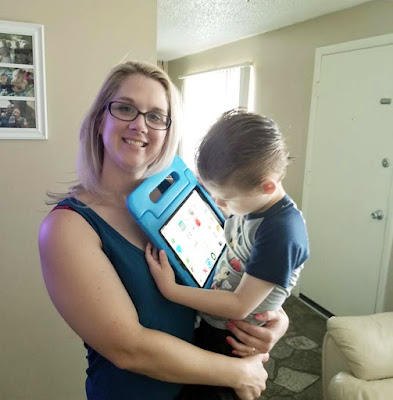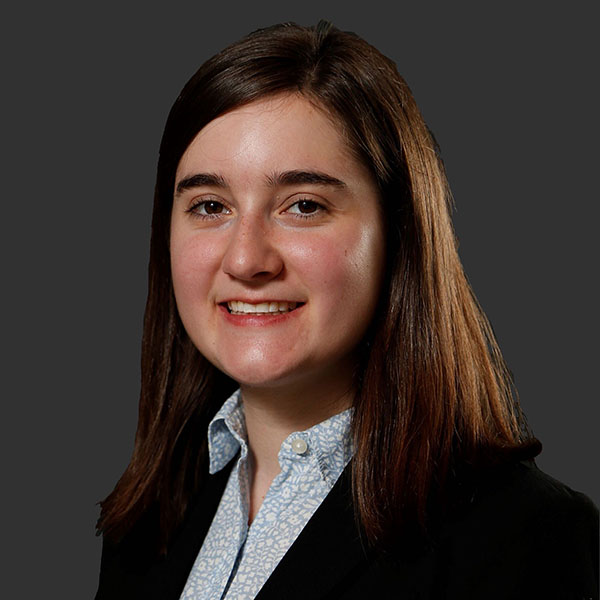 |
Tom Boman, rear left, had an organizing party at UATP in Salt Lake City, then invited friends and volunteers to join in a celebration lunch back in 2019. Pictured here with Ken Reid (front), Thomas Williams, Michael Luecke and Ed Patillo.
|
By JoLynne Lyon
Tom Boman has left the Utah Assistive Technology Program in Salt Lake City. We wish him the best, and we are not alone. He helped many hundreds of Utahns get rolling.
“It’s quite common for some of the mobility devices we transfer to almost become an extension of people’s bodies,” he said in an earlier interview. He has a great sense of humor, but he took the job of giving, improving and restoring clients' mobility seriously.
In the four years I’ve been with the Utah Assistive Technology Program, I’ve talked to a steady stream of people who needed mobility equipment, and found it with Tom’s help. Some didn’t have insurance. Some had insurance, but their provider’s requirements would not allow them to get a new chair when it was needed. Typically insurance pays for a new chair every 5 years, but children grow, chairs break, warranties expire and needs change. Sometimes, even when insurance provides a chair, it’s only after months of waiting. Tom and UATP helped to bridge those gaps for people who still needed to move.
“What a godsend,” said Steven Bryggman of Salt Lake City in an earlier interview. “I have a chair that’s reliable. I still have my independence.”
“Tom’s a lifesaver,” said Shelly Lund of Ability 1st in Provo, who turned to Tom to help fill the needs of her clients. “If it wasn’t for him, we wouldn’t be able to help as many people throughout the year.”
“I’m so independent in [my chair], I feel like a movie star,” said Karen Duckworth of Magna.
If you needed a piece of mobility equipment, Tom would find you one, and the fee was almost always lower than an insurance deductible.
He did it all by receiving and refurbishing donated wheelchairs, taking some apart so that their parts could be used on others, and—here is the hard part—keeping track of it all. He pulled in volunteers and worked alongside them, fueled by classic rock and Red Vines licorice.
“When he came to us from Deseret Industries on their work exchange program, I had only worked with him for a week and realized that he would be perfect for UATP in Salt Lake City,” said Clay Christensen, a former UATP coordinator. “His organizational skills were absolutely amazing. His ability to collaborate and work with anyone in the community was so essential to the growth and development of that program. To that end he did a wonderful job.
“I will always cherish the time that I got to work alongside Tom. It was a great run.”
UATP is searching for its next SLC coordinator. To find out more, go to Utah State University’s Jobs Page, click “Join Us!” and look for job #2020-2804.
In the interim, Logan coordinator Dan O’Crowley will go to Salt Lake City on Tuesdays and Thursdays to work with clients and volunteers. New clients and equipment donations to the Salt Lake City facility are accepted by appointment only. To make an appointment, call UATP in Salt Lake City at 801-887-9390 or email Carolyn Lynch.


